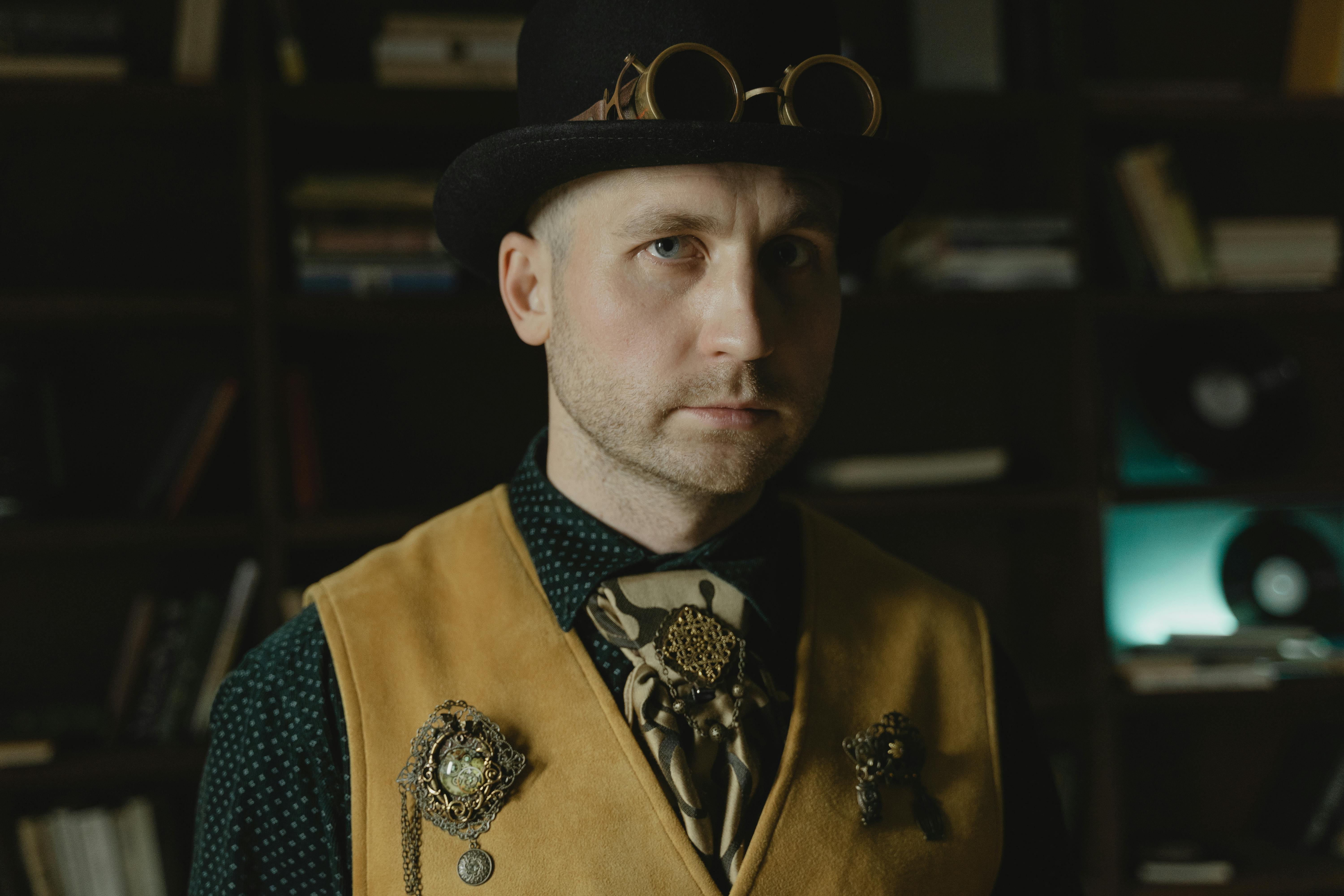Many of us have lost loved ones, unexpectedly as I did with my brother, or after an illness as was the case with my father. Sooner or later, we will all experience the pain and trauma of the death of an important person in our lives.
Virtually all popular traditions and religions tell us that we, our souls, survive after death, and most assure us that those who have passed on can communicate with us through our dreams.
People of all ages, cultures, backgrounds, and beliefs have reported communicating with a deceased loved one while they were sound asleep. They are convinced that the experience was not “just a dream” and that the dream character was not a dream character at all, but their deceased loved one. These types of dreams are commonly known as visitation dreams.
Psychologists and dream researchers love to catalog and categorize data, and while many tend to categorize and subcategorize these types of dreams in various (and different) ways, I prefer to stick to a simple general definition, for reasons I’ll explain momentarily. I define a visitation dream as: a dream experience in which the dreamer feels that the deceased person was actually present in the dream. This sensation can occur during sleep and / or upon waking.
To give you an idea of the different categories developed by different researchers, I will give you a brief sample.
Deirdre Barrett lists four types of these dreams:
- Describe the state of death
- Deliver messages to the living
- Seek to change the circumstances of his death.
- Give your loved ones a chance to say goodbye
Patricia Garfield, in a piece that appeared in the Trauma and Dreams anthology, lists 11 types of visitation dreams:
- The survivor may or may not realize that the person is really dead.
- The deceased suffers the symptoms that caused his death.
- The dead man says goodbye to the dreamer.
- The deceased is traveling in some type of vehicle.
- The survivor receives a phone call.
- The deceased appears young and healthy.
- The deceased criticizes or approves of the dreamer.
- The dead man offers advice and / or consoles the dreamer.
- The deceased returns for a romantic or sexual encounter.
- Death seems to encourage the dreamer to join them in death.
- The deceased follows their daily routine or may simply be present.
TJ Wray and Ann Back Price, in their book Grief Dreams: How They Help Us After the Death of a Loved One (2005), choose four types:
- Dreams of visitation
- Dreams Message
- Reassuring dreams
- Dreams of trauma
I could go on, but I’m sure you get the idea. There is no universal categorization, there is not even a generally agreed number of themes or types. Robert Moss offers thirteen different visiting themes and up to twenty others.
No matter how many or few ways to categorize visitation dreams, they all have one element in common … the delivery of a message. The message can be in the form of guidance, knowledge or warning and is as diverse and personal as the dreamer and the deceased.
The simple fact of dreaming of a deceased person is not necessarily a spiritual communication. There is a difference between a dream of mourning and a dream of visitation, and herein lies the confusion. Many of us dream of our deceased loved ones shortly after their death. These dreams help us overcome our pain, guilt, pain, and loss. Because those dreams are so emotional, they are mistaken for visitation dreams. In dueling dreams, your deceased loved one may show up for dinner or join you for a round of golf, or do what any other dream character could do. They usually don’t have a specific message or speak to you directly. These types of dreams are often nightmarish, disturbing, or “not real”, as opposed to visitation dreams which are often described as “so real and vivid” feelings.
Some clues to help you determine if your dream is a visitation dream are:
1. The dream feels more real than an ordinary dream: you experience more clarity, concentration and mental stability. The colors seem more vivid, your senses intensify.
2. There is a feeling or feeling that the person is really the person, not just a memory or someone’s place or something else. “It was Aunt Penny, I know it was her.”
3. The plot of the dream is very thin (not a big plot or plot). Usually the narration of the dream consists of the interaction between you and the deceased person.
4. Strong emotions are commonly reported: love, forgiveness, anger, fear. However, many dreamers have reported a surprising lack of emotion in these types of dreams, which is what made them so memorable and “different.”
5. There is a “physical” contact between the spirit and the dreamer, usually a hug or a closeness.
6. The deceased person often looks younger and healthier than when they passed away.
7. The deceased person conveys a specific message, often verbally, in person, by phone, fax, computer, letter, or text message. In addition, you can also “know” what the message is.
According to the 1927 Proceedings of the Society for Psychical Research, in 1925, a North Carolina man awoke from a dream in which his late father, who seemed very much alive, told him to “find my will in my coat pocket “. Checking his pocket, the man found a piece of paper that directed him to a specific chapter in the family Bible. Between two pages of that chapter, the will was hidden.
Many dreamers who have had visits from loved ones feel grateful, relieved, and comforted. The messages received and the mere confirmation that there is life beyond death have been, for some people, a life-changing experience. For others, it has altered their beliefs and their perception of reality. Are visitation dreams really our deceased loved ones communicating with us? To date, there is no scientific method capable of answering the question. It is up to you to decide whether the dream you had of your deceased loved ones was “just a dream” or a message from the afterlife.




